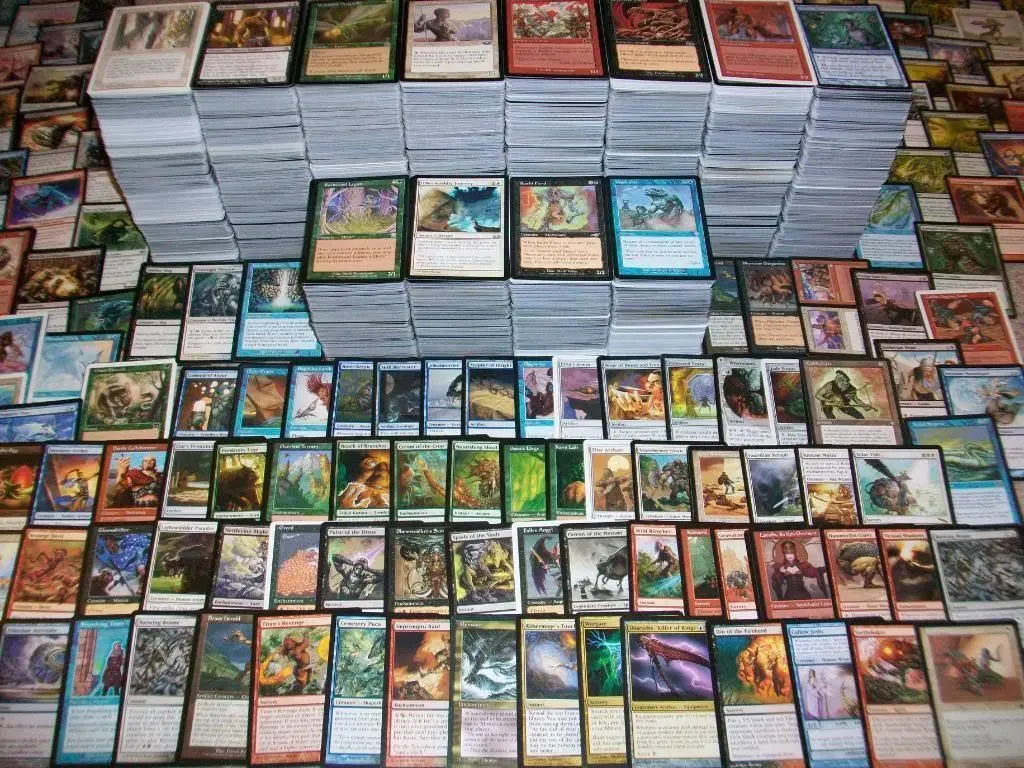Canal Mail Corp: Your Hub for Daily Insights
Explore the latest news, tips, and trends across various topics.
Digital Collectible Trading: The New Playground for Nostalgic Gamers
Discover how digital collectibles are reshaping nostalgia for gamers! Dive into the exciting world of trading and relive your favorite gaming moments.
Exploring the Rise of Digital Collectibles: A Nostalgic Gamer's Guide
The world of digital collectibles has experienced a remarkable surge in popularity, captivating the hearts of nostalgic gamers everywhere. As technology continues to evolve, more and more people are discovering the thrill of owning unique digital assets that evoke cherished memories from their gaming past. With platforms like blockchain providing a secure and transparent way to buy, sell, and trade these items, even seasoned gamers who might have initially been skeptical are now jumping on the bandwagon. Whether it’s the iconic pixelated figures from retro games or modern digital art, the rise of these collectibles taps into our innate desire to connect with the past while embracing the future.
As we dive deeper into this phenomenon, it's essential to explore the various types of digital collectibles that have captured the gaming community's attention. Here are a few noteworthy categories:
- In-Game Items: Rare skins, weapons, and character upgrades that enhance gameplay.
- Virtual Trading Cards: Collectible cards that represent characters or achievements from beloved franchises.
- Digital Art: Unique artworks or animations that can be bought, sold, or displayed as part of a personal collection.
Each of these categories not only serves as a modern extension of traditional collectibles but also connects players with their nostalgia, making digital collectibles a fascinating facet of the gaming landscape.

Counter-Strike is a popular team-based first-person shooter game that has captivated players worldwide. In this thrilling game, players take on the roles of terrorists or counter-terrorists, engaging in tactical battles across various maps and modes. For those looking to enhance their gaming experience, using a daddyskins promo code can provide exciting in-game items and skins.
How Digital Collectible Trading is Reviving Classic Gaming Memories
The rise of digital collectible trading has breathed new life into classic gaming, allowing enthusiasts to relive their cherished memories while engaging in a modern trading experience. Digital collectibles — often in the form of virtual cards or in-game items — tap into the nostalgia of classic titles like 'Pokémon', 'Magic: The Gathering', and 'Super Mario'. Players can buy, sell, and trade these collectibles, reconnecting with the past while participating in a vibrant community of fellow gamers. This fusion of nostalgia with innovative technology has opened up new avenues for interaction, enabling fans to reminisce about their favorite childhood games while collecting unique digital assets that represent their journey.
Moreover, digital collectible trading is fostering a renewed appreciation for classic gaming by creating opportunities for players to showcase their rare finds and achievements. Online platforms allow users to curate their collections, participate in tournaments, and even engage in battles using their favorite classic characters and items. As a result, younger players are being introduced to the charm of retro games, while older generations are enjoying a seamless blend of their past and present gaming experiences. This revival of classic gaming through digital collectibles not only provides entertainment but also solidifies gaming as a timeless art form that evolves with each generation.
What Are Digital Collectibles and Why Are They the Future of Gaming?
Digital collectibles represent a new frontier in the gaming industry, merging creativity with blockchain technology. These unique virtual assets can include anything from in-game items, artwork, to trading cards and are often secured using non-fungible tokens (NFTs). One of the main advantages of digital collectibles is their ability to provide players with true ownership of their items. Unlike traditional gaming assets, which are often locked within a specific platform, digital collectibles can be bought, sold, or traded across different games and marketplaces, fostering a new economy within the gaming world.
As we look to the future, it’s clear that digital collectibles are poised to revolutionize the gaming experience. The incorporation of these assets allows developers to create more immersive environments where players can engage not only with the game itself but also with a vibrant secondary market. Additionally, as the demand for personalized gaming experiences rises, players are increasingly drawn to the idea of owning and showcasing unique in-game assets. With their potential for scarcity and economic value, digital collectibles are set to play a significant role in shaping the future of gaming and redefining what it means to be a player.